Big Tech puts final nail in ALP’s anti-nuclear coffin
Who do you think would be smarter and more experienced in matters of energy and economics: Microsoft founder Bill Gates and Amazon founder Jeff Bezos, or lifelong ALP operatives Chris Bowen and Anthony Albanese? Because not everyone can be right.
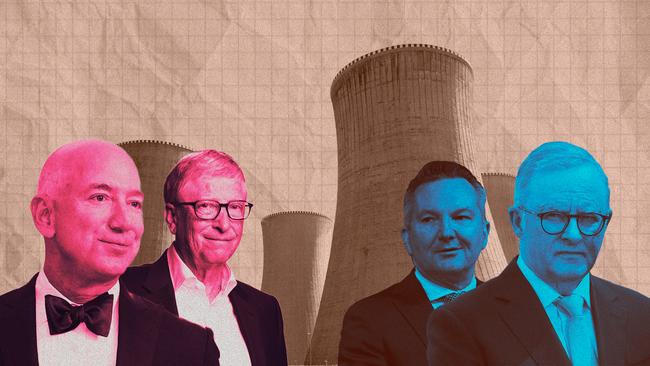
These are pertinent questions given the four tech companies have recently announced decisions to invest hundreds of millions of dollars in nuclear energy, while Albanese and Bowen claim nuclear power does not stack up. Not everyone can be right; one side of the argument must be wrong.
If Gates, Bezos, Pichai and Ellison are wrong, their companies will be devalued and shareholders will revolt. If Albanese and Bowen are wrong, we will weaken our country in economic, technological and social terms for decades to come.
If you argue nuclear energy is uneconomic then the United States, UK, France, Finland, South Korea, UAE, China, Taiwan, Russia, India, Canada, Pakistan, Japan, Argentina, South Africa, Spain and others must have it wrong. You contend that only Australia has it right with a nuclear-energy ban.
Last year, 22 countries, including our AUKUS partners the US and UK, pledged to triple global nuclear energy output by 2050. Google has announced a deal with Kairos Power to deploy several small modular reactors (SMRs) to power AI data centres, with the first reactor to be in place within six years; Amazon announced a $US500m ($750m) deal for SMRs; Microsoft has underwritten the reopening of a reactor at the infamous Three Mile Island plant in Pennsylvania; and Oracle is building a data centre requiring a gigawatt of power supplied by three small reactors.
Yet here in Australia Albanese and Bowen talk about becoming a “green energy superpower” as they ignore uncapped renewable costs and regional battles against solar, wind and transmission projects.
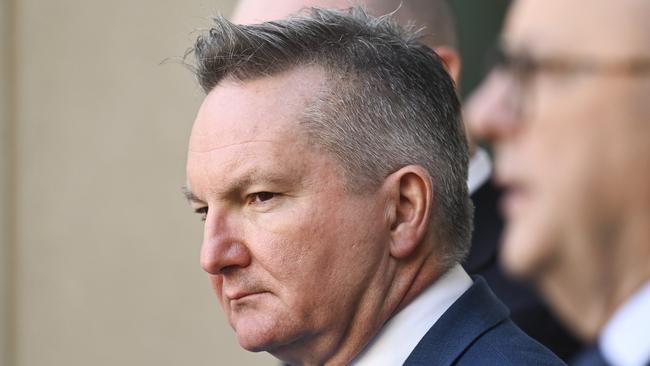
All the while, our descent from a plentiful cheap energy economy to an electricity basket case continues.
This is a grand exercise in national self-harm driven by climate catastrophism and ideological zeal. Labor seems incapable of reconsidering it.
This week we heard two astonishing admissions from the Australian Energy Market Operator – one of the bodies the Albanese government uses to buttress claims its renewables-plus-storage plan will lead to cheaper prices. In a parliamentary hearing, AEMO chief executive Daniel Westerman was asked by LNP senator Matt Canavan whether he could “guarantee” current government policy would deliver lower prices. “I can’t guarantee that, no,” Westerman replied.
AEMO limits its goal to delivering the “lowest-cost path” to the government’s emissions reduction targets. Even then, its calculations are confined by the government’s chosen model.
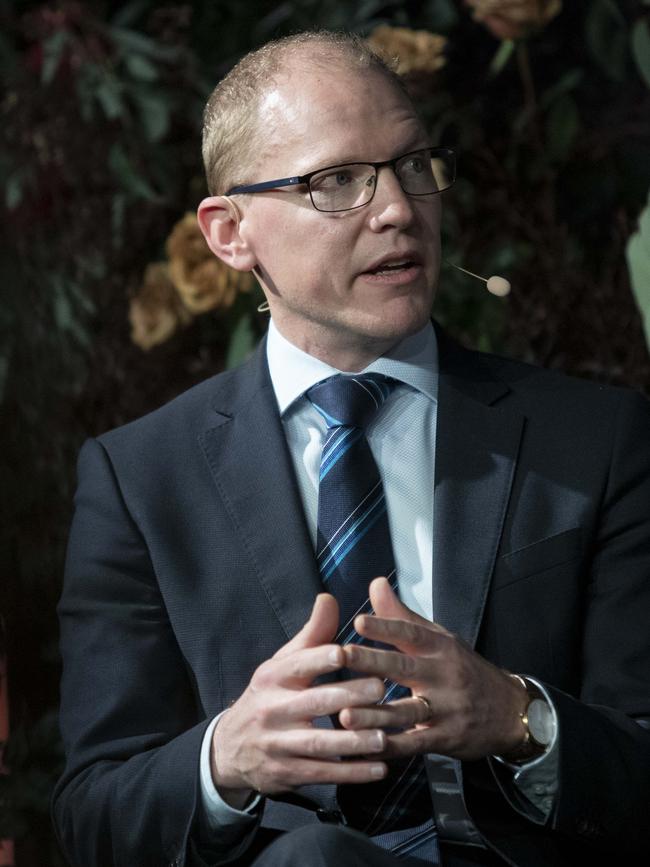
The Integrated System Plan is AEMO’s road map for the electricity grid, and Albanese and Bowen rely on it to promise lower prices. Renewables proponents also use the GenCost report (where AEMO and the CSIRO calculate comparative generation costs) to argue renewables are the cheapest form of energy, but critics point to major flaws in both reports.
“Since coal plants are not considered a long-term option because of emissions targets, and nuclear energy is off the table because of federal legislation, the ISP has effectively omitted the modelling of the only credible alternatives to renewables, storage and gas that could be used as a baseline for comparison,” declares Aidan Morrison, director of energy research at the Centre for Independent Studies.
Morrison says the GenCost conclusions are “incorrect and misleading” and he pinpoints holes in the ISP and GenCost costings because they fail to include the full expense of transmission, storage, household solar and batteries, subsidies to keep coal generators going, and Snowy 2.0.
Governments and their authorities are underestimating the cost of their renewables-plus-storage model by hundreds of millions of dollars. And in assessing the costs of nuclear they fail to factor in the 75+ years of reactor lifespan compared to 15 or 20 years for renewables kit.
At this week’s hearing, Westerman also revealed AEMO does not even calculate the electricity cost to consumers. “We don’t model power prices,” he said.
This is scandalous. Despite promises of cheaper power (remember the $275 pledge?) there is no analysis from the market operator to either confirm the government’s undertakings or ensure the country is adopting the best option.
The facade is crumbling. It has long been clear to anyone prepared to examine the facts that the renewables-plus-storage model is not only expensive but might not even be possible – no comparable country has even tried it.
Now we see the advice and modelling cited by government is so deeply flawed that it exposes Bowen and Albanese as frauds. Voters have been told that AEMO and the CSIRO have considered various generation and distribution models to arrive at a system to deliver reliable, low-emissions power at the cheapest cost to consumers – but nothing of the kind has occurred.
Albanese and Bowen have been flying blind. And the teals, the Greens and most of the media have happily gone along for the ride.
We will all wear the consequences. This world-first renewable energy experiment risks our money and economic future – the government gets to grandstand, but consumers invariably will pay.

When the Coalition raised the nuclear alternative, Labor’s kneejerk response was to demonise nuclear as unsafe, trotting out Simpson-esque three-eyed fish. When they saw how ridiculous this made them look, the critics switched to cost – but that didn’t stack up either (the cost of the renewables-plus-storage model is at least $122bn on the government’s own numbers).
So now the critics have started to focus on timing, claiming we cannot get nuclear in place before our coal generators shut down, leaving an energy gap. This is a bit like a starving man rejecting a meal because it won’t be delivered until tomorrow. It also makes the grand assumption that there will be enough wind, solar and storage in time.
Green hydrogen is already falling by the wayside, with major investors Origin Energy and Fortescue withdrawing. Offshore wind is hitting stormy waters too, with Norwegian firm Equinor and local partner Oceanex pulling out of the Illawarra zone in NSW.
Yet with nuclear expanding overseas and going from plans to power-points in the UAE over just 10 years, we are told this technology is beyond Australia. Talk about the energy harm of low expectations.
On Thursday, the Australian Energy Regulator chair Clare Savage told the nuclear energy select committee that it will take a decade just to get the regulatory framework in place. “By the time you do licensing, safety, environmental, technical, commercial and you do legislation, rules, guidelines, consultation”, Savage said, “for us, just to do a guideline takes 12 to 18 months because you have to do an issues paper, a draft decision, a final decision.”
What a pathetically sad assessment – a modern economy faces an energy crisis and bureaucrats warn against the most promising option because bureaucracy will stifle it. This is bureaucracy as a weapon against progress.
Anyway, it is bunkum. Because we do not have to reinvent the wheel.

We already have a modern research and medical reactor at Lucas Heights on Sydney’s southern fringes, the second reactor on that site over 70 years. It is operated by the Australian Nuclear Science and Technology Organisation under regulation from the Australian Radiation Protection and Nuclear Safety Agency.
Australian nuclear industry lawyer Helen Cook has worked on nuclear regulation around the world and says we can do the required work in good time.
“We have in place today an agency that covers nuclear security and nuclear safeguards,” says Cook.
“We have an established nuclear regulatory authority that oversees nuclear safety, and these regulatory bodies have international reputations, highly credible ones, and if we were to move down a nuclear power plant path yes, we would need to adapt these frameworks to make sure they are fit for purpose for nuclear power, but we would be adapting and building on what we have.”
Such logical and experienced views are not prominent in the current debate. The nuclear option has become a hyper-partisan battleground.
Apart from the vested interests of the renewable energy sector, the Coalition’s nuclear plan is attacked by the ALP and its union masters. There will be a scare campaign at the election – already the ABC has weighed in with a deceptive Four Corners piece decrying nuclear energy.
Yet on the opposite side of the ledger are the facts, and the reality of countries and companies latching on to reliable, affordable, emissions-free electricity from proven technology.
At the same time, right around our country, communities are being torn apart by wind, solar and transmission projects. And consumers are being hit by ever-rising electricity bills.
Whatever path we choose for a zero-emissions power grid, the truth is it will be expensive, and the evidence suggests nuclear is at least competitive, if not much cheaper. And the critical fact is we know it will work – on a small footprint with existing transmission infrastructure.
The renewables-plus-storage option demands the largest machine ever constructed across vast areas, alienating agriculture, clearing bushland, ruining views, and interfering with marine environments. And even still, it might not give us the power we need, when we need it.


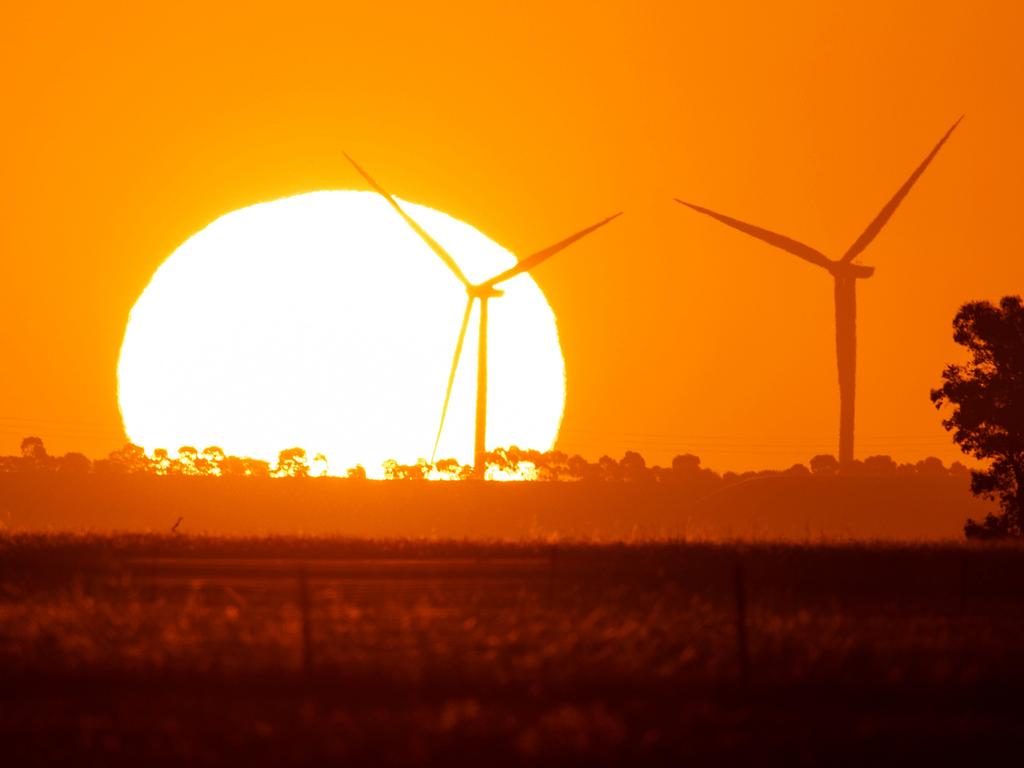
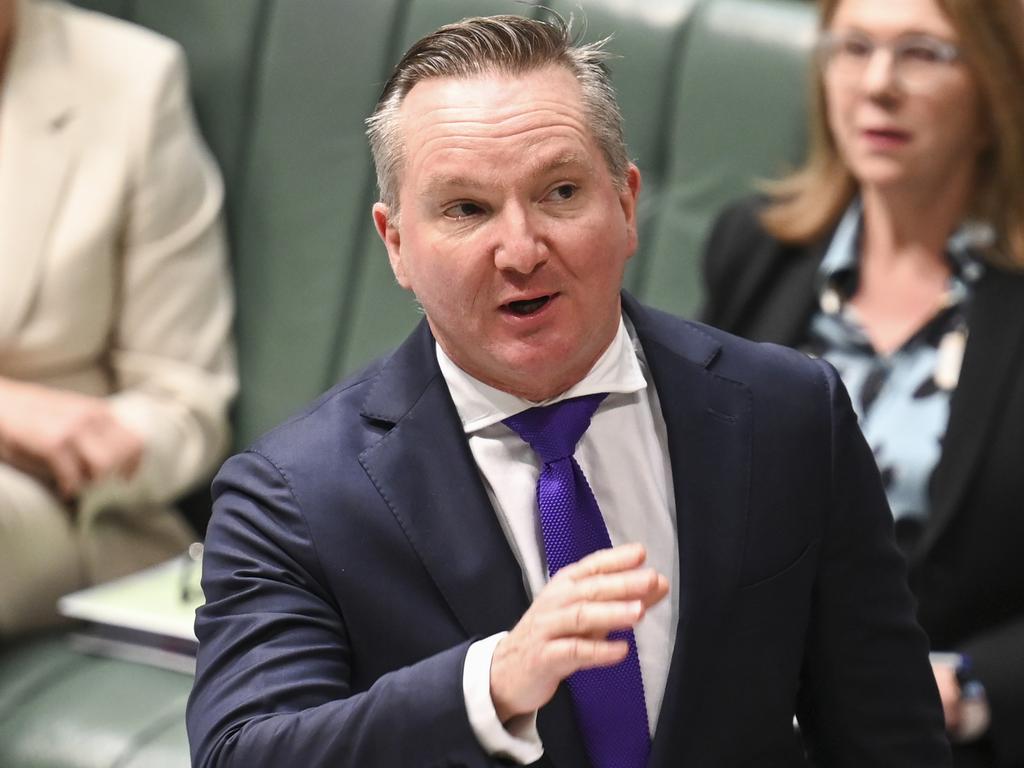

Who do you think would be smarter and more experienced in matters of energy and economics, Microsoft founder Bill Gates and Amazon founder Jeff Bezos, or lifelong ALP operatives Chris Bowen and Anthony Albanese? How would the smarts of our Prime Minister and his Climate and Energy Minister shape up against Google chief executive Sundar Pichai or Oracle chairman and co-founder Larry Ellison?